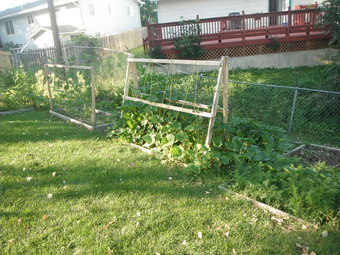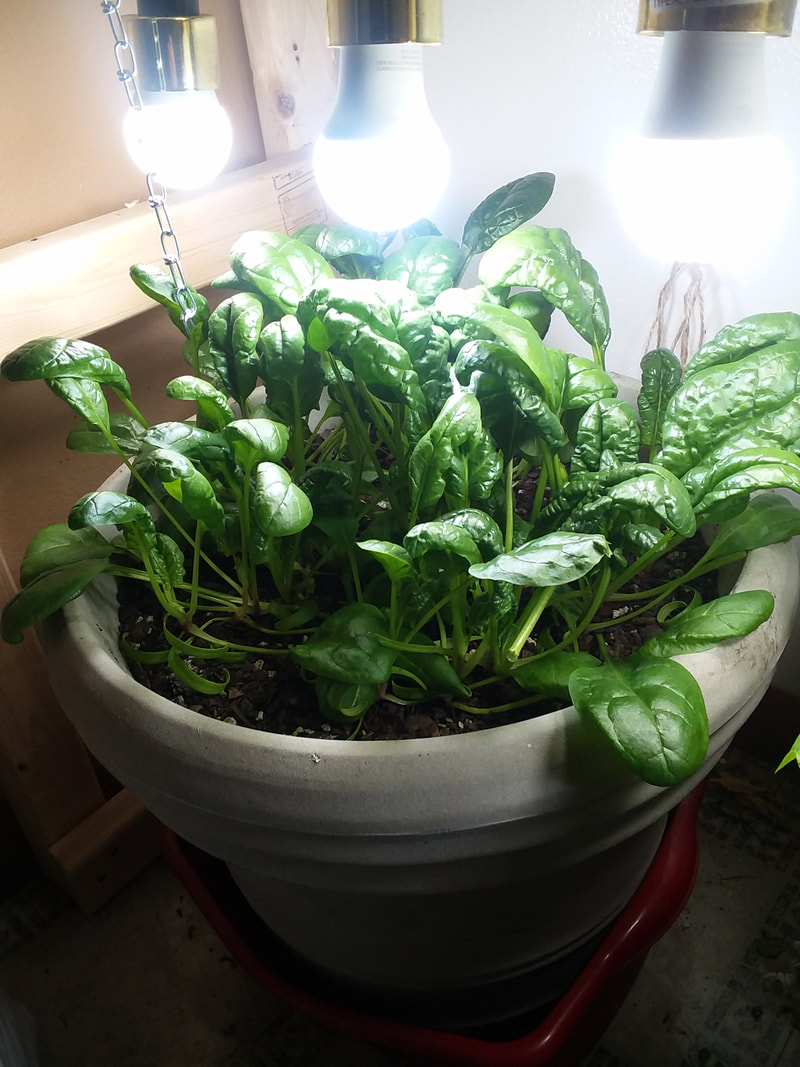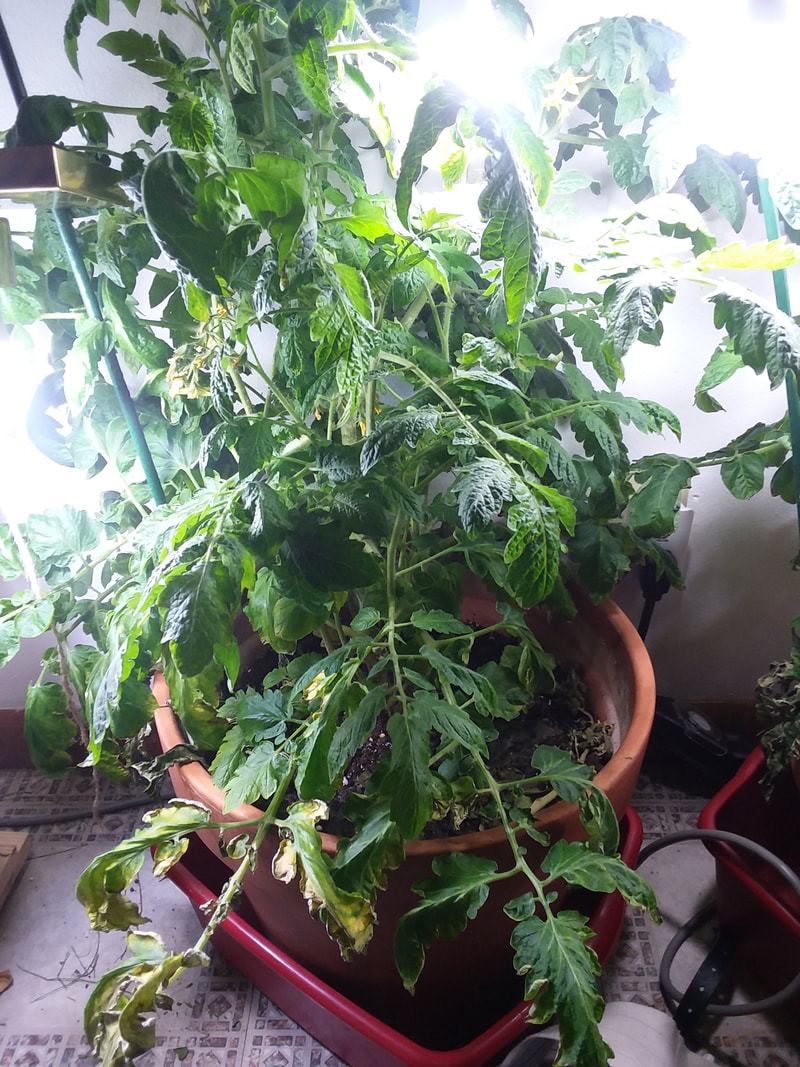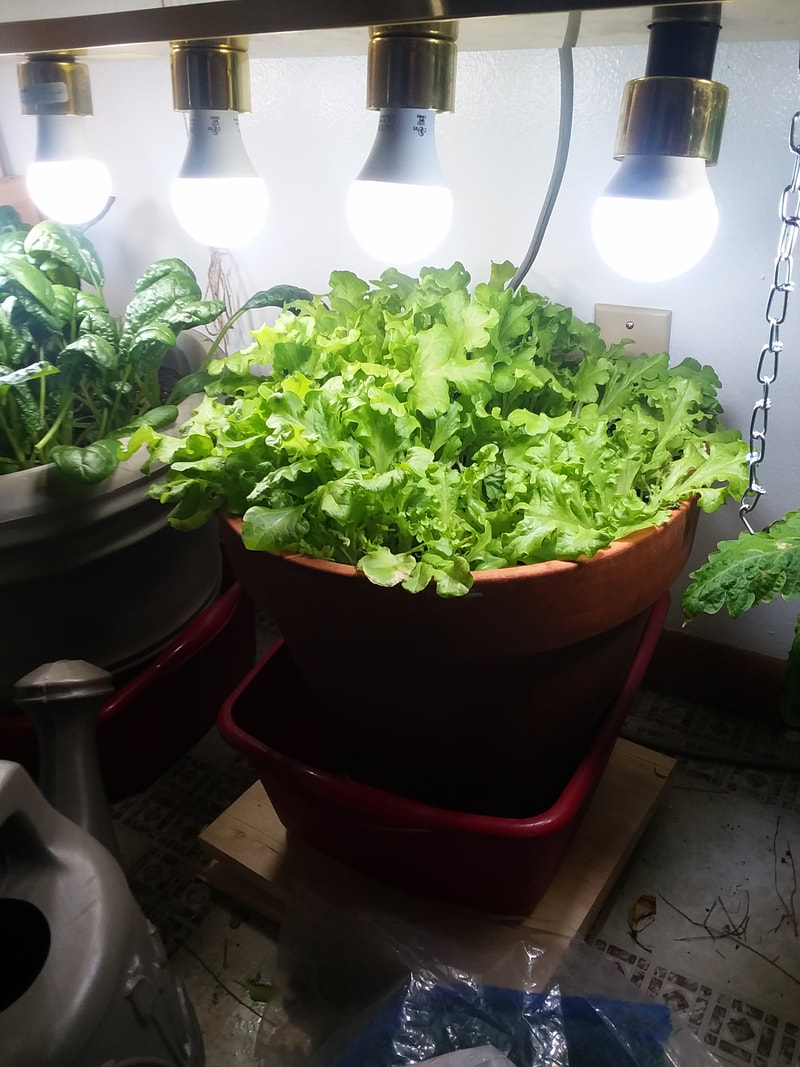|
When you look out at the typically suburban lawn what do you see?
Some see a beautiful manicured space that is great for playing on lounging on and gives your house great curb appeal. Whiles others like me see a mostly wasted, severely underutilized space that could be put too much better uses like growing food and creating pollinator habitat.
0 Comments
Unless you have been asleep for the last decade or maybe you're just really out of touch you are bound to heard of the No Till movement that is sweeping the nation in both the farming and gardening sectors of agriculture. Like the term implies no till is a method of growing crops on both large and small scales without tilling the soil. To those of you that have been raised in what became industrial farming/gardening this idea of not tilling the soil will seem just backwards and potentially a waste of your time.
 2018 Garden 2018 Garden When people think of a garden they most likely think of the annual garden standards, · Tomatoes · Peppers · Lettuce · Beets · Corn · Etc. But that thinking is missing out on great resource that they can use to reduce work, fertilizer inputs, watering needs and did I mention work. For me the reduced work is a big seller when it comes to gardening and the amount of work it can take depending on your techniques can be staggering. That is why I am a big fan of perennial crops in place of annual crops wherever possible.
Sheet mulching defined in its simplest terms is the layering different types of organic materials on top of the ground in order to establish a garden plot without tilling the soil. This technique can be applied to existing lawns, areas with poor soil or even over concrete or solid rock to create “soil” for growing things in.
I know right…. It’s January and I am already talking about the summer garden. But if you are a serious gardener like me you need to start planning this early because before you know it the early cool season crops can be going in the ground. The winter is perfect time to look back on your garden and figure out what you did right what you did wrong and what you want to change before this next season begins. In my case some things that went right this last summer would be the following,
Things I did wrong…
Planning for next year After you have had a chance to reflect on the previous year you can now plan better for next year. Things that you should figure out now would include,
|
AuthorHello my name is Josh Larson and I am the creator of the Green Living Library. Here on the blog you will find updates to content found in the Green Living Library as well as stories from those living the sustainable life already. Archives
December 2021
Categories
All
|


